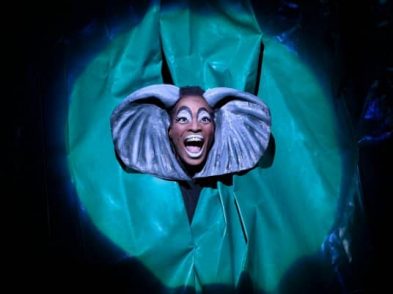 A 15-minute car ride from Pistoia’s city centre, the Convento di Giaccherino sits on a hill, hidden in greenery. Beautifully preserved, with artwork, furnishings and architecture dating from the early fifteenth century, the former Franciscan monastery is open for guided tours.
A 15-minute car ride from Pistoia’s city centre, the Convento di Giaccherino sits on a hill, hidden in greenery. Beautifully preserved, with artwork, furnishings and architecture dating from the early fifteenth century, the former Franciscan monastery is open for guided tours.
The trip to Convento di Giaccherino is in itself a lovely example of the Tuscan countryside. The road leading there passes through a small rural town and then continues uphill, lined with simple country houses and a few villas. Near the monastery, the trees lining the road make it seem a green cathedral.
Entering the monastery’s gates, one sees its private garden, reminiscent of an English garden with a small square and pebbled paths. (When the weather permits, guests may sit and relax in the garden under the cedar trees or the two loggias that surround it.) Inside the monastery, the first room visitors encounter is the refectory. Like most, it has a large fresco depicting the Last Supper, but unlike many former refectories with a cenacolo, with the original tables and benches from the fifteenth century lining the walls, this room comes to life.
The tour that I took was guided by well-known local art historian Lorenzo Cipriani, who began with a brief history of the monastery’s origins.
The earliest recorded mention of the monastery was the convent of Mount Lucense, so called because it was near the via Lucensis, which then connected to the town of Lucca. The origin of the name Convento di Giaccherino is said to be derived from that of a nearby innkeeper, called Cecchino or Cieccherino. The original monastery, much smaller than the present-day complex, housed the religious order of the Friars Minor of the Observance in the early fifteenth century. Cipriani explained, ‘An affluent but then elderly banker, Gabriello Pancitichi—in fear of imminent death—decided to donate his wealth to charity and financed the structure of the current convent.’
The peaceful Minor Cloister features a series of sixteenth-century lunettes on the life of Saint Anthony, painted by artists of the group Giovanni da San Giovanni. The Major Cloister features gravestones not only of aristocratic Pistoian families but of other prominent personalities including the Bristol-born writer and painter Louisa Grace Bartolini. The nearby church of St. Francis originally dates to the fifteenth century, but the structure in evidence is from the mid-sixteenth century. Family crests dotting the walls represent the Pancitichi family, along with those of two other important noble families in Pistoia, the Cellesi and the Rospigliosi. In the sacristy the coat of arms of the Franciscan order is carved into the walnut benches.
In what was once the dormitory for the Franciscan seminary is now the main reception room, used for weddings and business events. On a clear day, the vista from the terrace includes a panoramic view of Pistoia. Also on the grounds is the chapel of Saint Pierino which houses the relics of an unknown saint and the monastery’s library, which in the seventeenth century held more than 4,000 volumes.
Down a hilly road from the monastery is the via Crucis, with 14 shrines depicting the Stations of the Cross. The tradition of walking up via Crucis is still kept during Lent by those who commemorate Jesus’ painful journey to his crucifixion on Golgotha.
*Getting there
The convent provides free parking on the grounds, a minute’s walk from the entrance. For directions, hours and more, see www.conventodigiaccherino.it.
*Read about Louisa Grace Bartolini in Invisible Women: Forgotten Artists for Florence by Jane Fortune with Linda Falcone (The Florentine Press, 2010).




